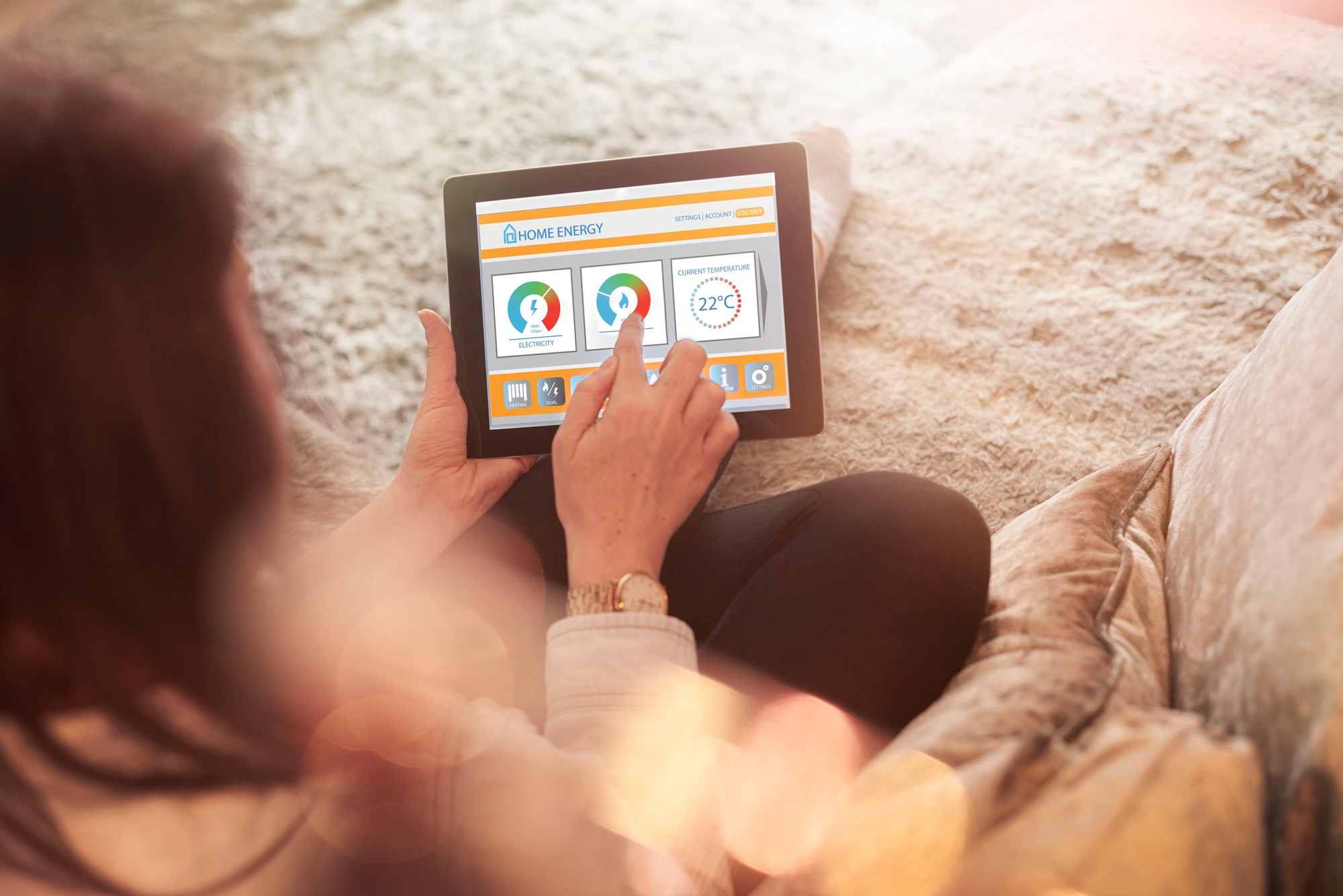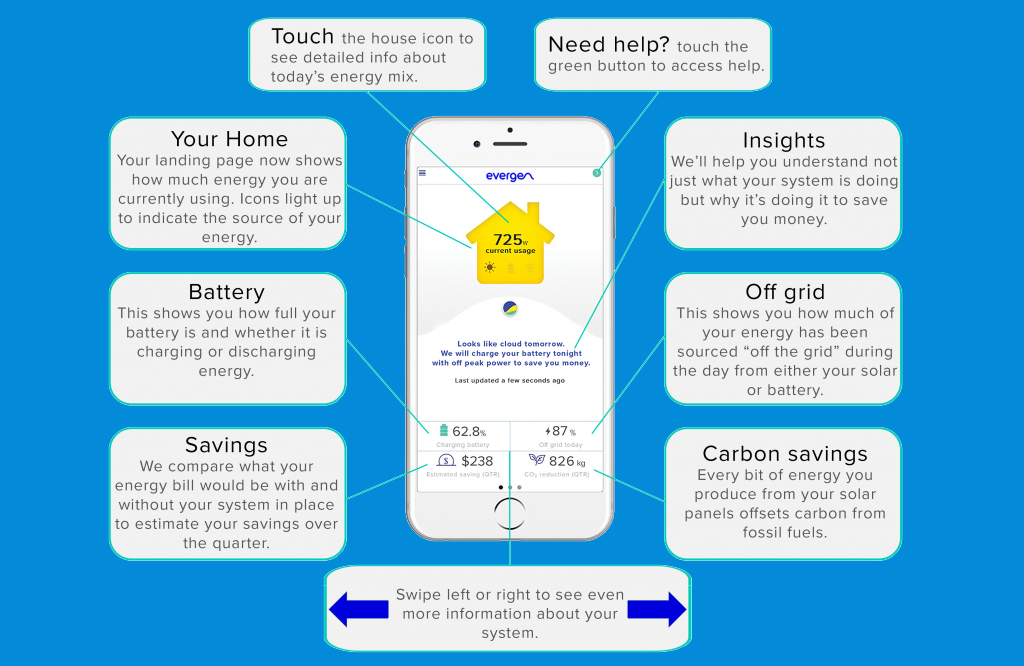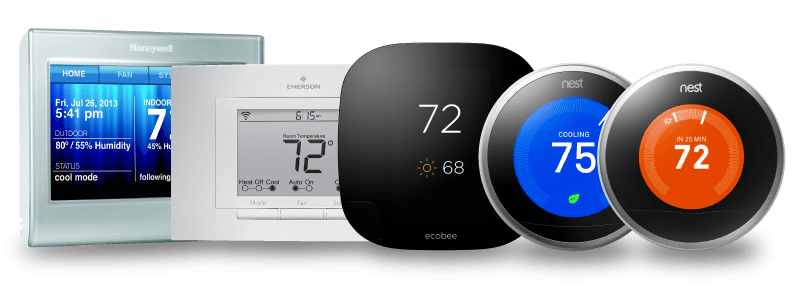YouYube. Facebook. Instagram. The Evergen app…? Okay, so maybe there are no “household name” energy management apps just yet: But that’s about to change. Eventually. Mark our words…
The article will discuss what energy management apps are, and their potential to transform power grids. We’ll use Evergen’s new app, which is available in Australia right now, as an example.
The first prerequisite to utilising an energy management app, is to own a smartphone. According to Deloitte’s Mobile Consumer Survey 2017, 88% of Aussies now wield these pocket-sized supercomputers, with the older generations leading the charge.
Let’s be honest, the availability of streaming services like Netflix and Stan have been directly responsible for this uptake. But smartphones are just as capable of streamlining your solar storage as they are at serving episodes of Stranger Things.
Evergen’s Energy Management App
The first energy management app for the Australian market was launched in August 2016 by startup Evergen.
Evergen’s business model is to combine hardware: Solar panels and a home battery, with an energy management app, to maximise the value to the consumer. They can provide their own Evergen-branded battery or install a Tesla Powerwall 2. It’s your choice. (Incidentally, we covered the release of the original Tesla Powerwall into Australia back in 2015, and are big fans of this option.)
Here’s a screenshots of Evergen’s app, with some of the main functions explained:
The functionality is very impressive; we particularly like the “Insights” feature, which details not only what the system is doing, but why. Evergen says this technology was developed in conjunction with the CSIRO (Commonwealth Scientific and Industrial Research Organisation). It factors in the weather forecast, and is designed to automatically set you up with the most cost-effective mix of solar, battery and grid at any given point in time.
They claim this “energy intelligence” means their customers save an additional 20%, compared to an unmanaged solar/battery system.
Making the sophisticated more simple
Perhaps unsurprisingly, power plants and industrial facilities use sophisticated control systems. Professionals with highly technical backgrounds have both designed and used these interfaces. So offering a scaled-down version of these systems for homes and small businesses hasn’t been a practical option.
However, with the rise and rise of smartphones, we’ve become more accustomed to intuitive dashboards and displays. This newfound, widespread technological literacy presents an opportunity to start controlling our appliances — virtually anything connected to the so-called “internet of things” — in new and better ways.
Of course, energy management apps can also be allowed to act on their own if this is considered beneficial. For example, a heat pump can be instructed to store hot water specifically when energy prices are low. The user can also use scheduling to control appliances, and applications can even learn usage patterns and suggest schedules on their own.
This gives way to a deeper conversation about machine learning and whether or not it’s wise to defer all responsibility to narrow-AI (Artificial Intelligence) systems, that we don’t fully understand. This is, perhaps, a conversation for another day.
An opportunity for Australian energy retailers
Right now, energy management apps present an interesting opportunity for utility companies to deliver additional value to their customers, (beyond making it easier to pay their bills!).
An example of this is peak demand reduction, which benefits clients and energy generators alike. It works like this:
- The way the Australian National Energy Market (NEM) operates, is that when demand is at its highest point in the day, power companies must bring their most expensive power plants online. Therefore, electricity costs more during peak times.
- A better way would be for retailers to offer their customers an energy management app, which could help them use more energy during off-peak times, and less during peak periods. At first, this could be as simple as providing insights into how much power a consumer is using at any given moment, how much this is costing, and whether it’s peak or off-peak.
- At first, there would be a manual component. For example, an educated end-user taking advantage of the delayed start feature on their washing machine.
- As we bring more “smart” appliances into the home, there will be more and more opportunity for automation.
This approach is beneficial for both parties, since energy consumers are avoiding peak electricity rates (at least to some extent), while utility companies minimise the use of their most expensive (that is, their least profitable) power plants.
In the meantime, until such an energy management app becomes available, the Australian Government Department of the Environment and Energy has an excellent energy management guide for small and medium-sized enterprises.
So… are energy management apps cooler than Netflix?!
Cooler? No. But they can help you cool your house for less next summer, while you’re streaming your favourite TV show.
For now, your options are to take control, by being an early adopter of Evergen’s solar, home battery and energy management app combination, for example. Incidentally, they quote a five to seven year break-even, so this is a genuinely viable option.
Or, you can wait and see which Australian energy retailer will be first to provide consumers with more options to manage their energy consumption, from the palm of your hand.
Either way, we’ll be watching this space with eager anticipation. Just like waiting for the next season of Stranger Things.









